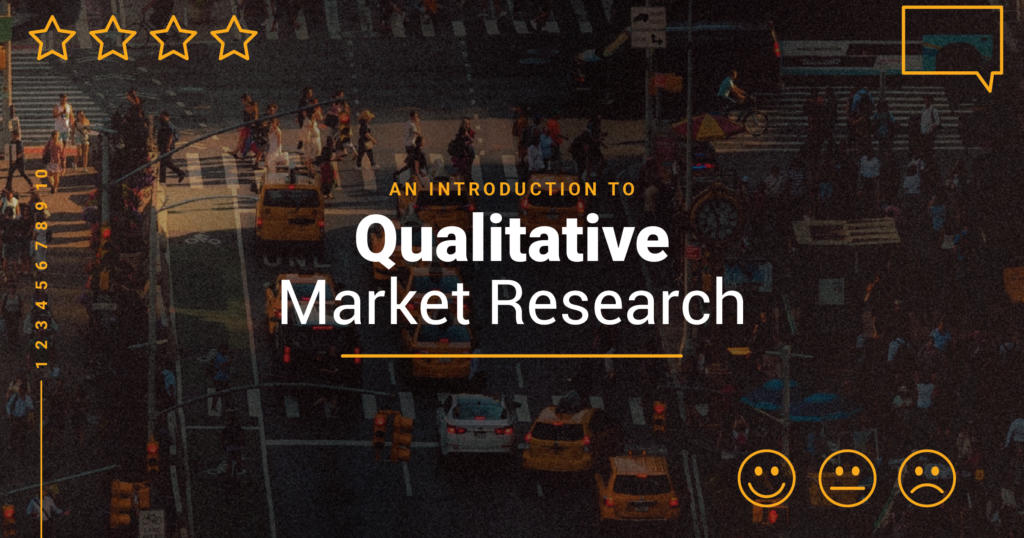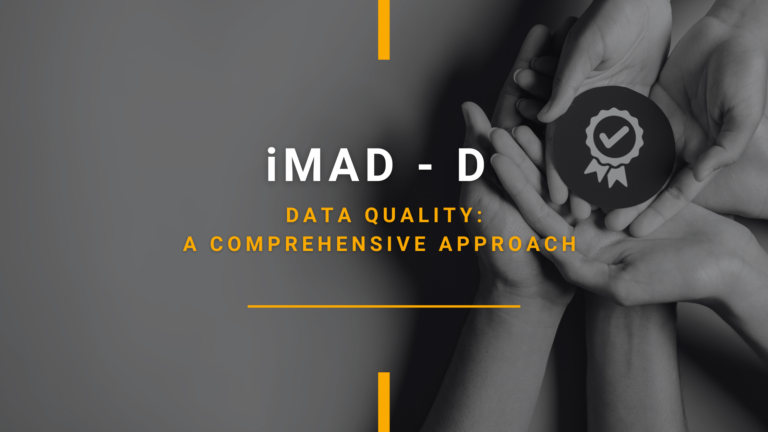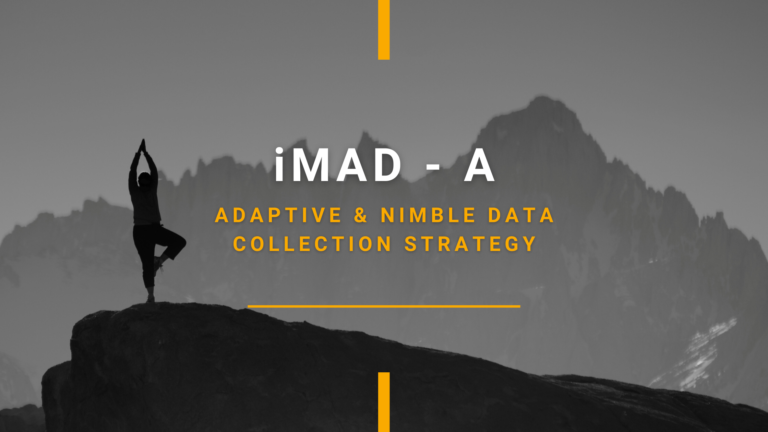Work on the Intangible Market discusses emotions, feelings, perceptions and attitudes. Ultimately motivated by internal mind-set that underlies the cause for the behavior. This research emphasizes what people think and how this kind of study, known as Qualitative Market Research, affects the product. Meanwhile, it’s majorly to figure out consumer perception, such as:
What do you think of the product?
What do they like about it or do they dislike it?
What are the latest product expectations?
What is the aspect that keeps them engaged with the product?
How do they feel about the product of the competitor?
What are the barriers affecting their purchasing behavior?
History of Qualitative Research Method
Sociologist Earl Babbie notes that qualitative research is “at once very old and very new. He documents that qualitative methods have been used for several centuries, but anthropologists brought qualitative field research methods to the forefront through their 19th-century observations of preliterate societies. To analysis qualitative data the researcher seeks meaning from all of the available data.
FOCUS GROUP: There are 6-12 participants including those who know as Marketing Specialist who is preparing the promotional sales campaign before product launch. They discuss common topics and determine the master strokes that influence the audience about the new launch product and the factors that hold the audience’s excitement for a long time.
DEPTH INTERVIEWS: It’s a small community of prospective buyers who look for new items to share their perspectives. This is typically a one-on-one interview process that is carried out thoroughly with a select number of people to obtain information into the issue under study.
PHOTOENTROGRAPHY: In this process, researchers take pictures of individual attitudes, emotions and behaviors under different situations rather than approaching individual questions.
Therefore qualitative research conducted in terms of insight and depth of the perception of the audience and their needs, rather than the quantity calculated. The purpose of qualitative analysis is to make contact with target customers.
For example, there is a French café situated on a busy street in a major city, this café is selling high-quality cakes and coffee, but sales are slowing down, unfortunately. But the café owner needs to investigate the reason behind that and for that, he needs to communicate with a select group of consumers who share their opinions and suggestions on the majority of the rivals in business. Also, French café owner interviewing one-on-one in-depth rather than examining group expectations. Observe the behaviors, facial expressions and body language of the customer. The open-ended query of how, where, and when, etc. can be answered by those who responded. No quantification of qualitative data (Counted). Qualitative research’s rewards reveal inspiration, emotions and desires, beliefs and habits for individuals and this is also a fairly low cost. The negatives are therefore not a standard definition of the contextual.
Qualitative Research:
Qualitative has three pillars that are given below;
- Observation
Behaviour, Purchase, Usage, Process
- Focus Groups
Preferences, likes/ dislikes, past/ future behavior
- In-depth Interview
Insight, Feedback, emotions, Body language
The process of Qualitative Data Analysis:
Conclusion
The researcher is going through a learning process as a qualitative investigation evolves in terms of the issues to explore and the participants to target. Keeping field notes helps the researcher’s memory when it comes to the formal data analysis process and helps enormously in the categorization and interpretation of data collected.
· Brief notes while studying or investigating
· Expanded notes after each session of interviews or observations as soon as possible
· A fieldwork journal for recording issues and ideas that arise during each fieldwork stage
· Temporary analysis and interpretation record






